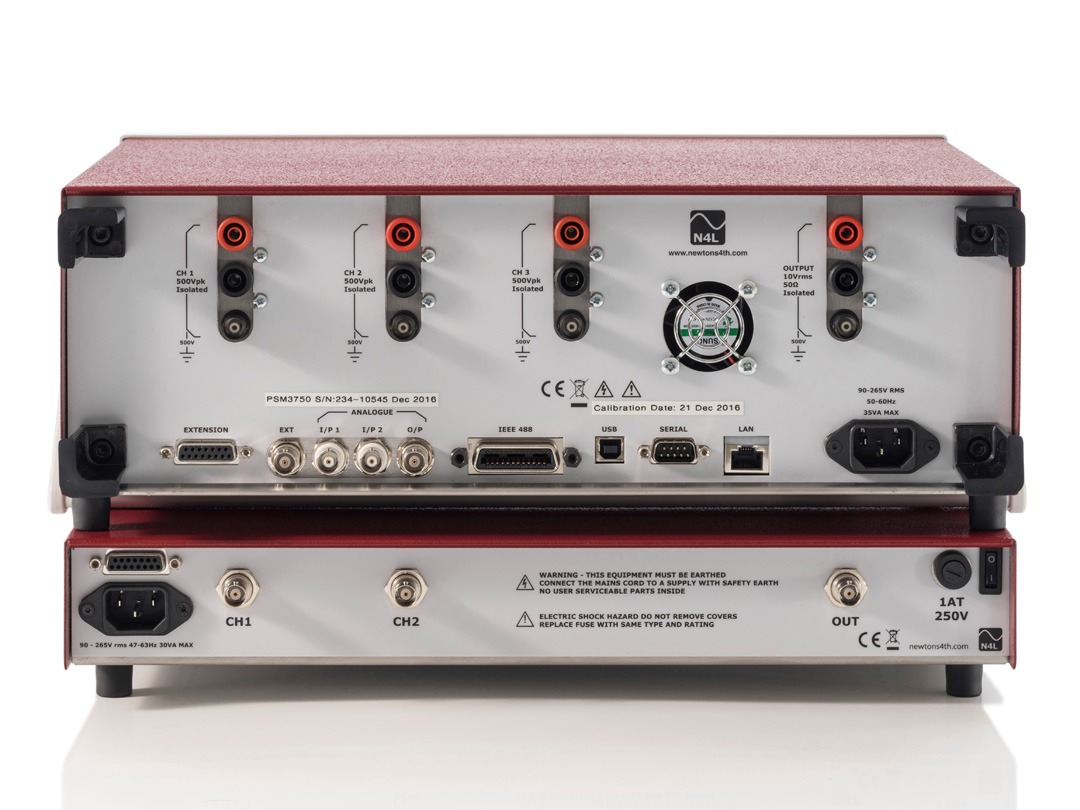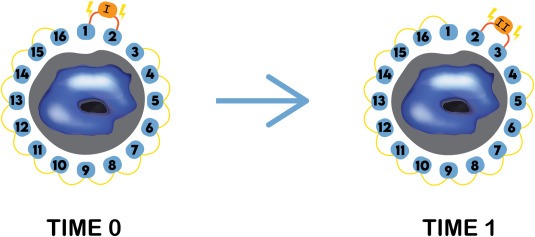Contents
Using an Impedance Analyzer is a great way to check the current and voltage of your electrical systems. These devices are able to measure complex electrical impedance. They are also able to display graphs and display the differences between the maximum and minimum current.
Measure the difference between the maximum and the minimum current
Using an impedance analyzer to measure the difference between the minimum and maximum current is a useful method for a number of applications. These range from determining how long a paint coat will last, to predicting the corrosion rate of steel in a concrete wall.
One of the more interesting features of an impedance analyzer is that it can measure resistance to a number of substances. In addition to liquids and solids, it can measure resistance of DNA and DNA molecules. Another use for this technology is in the medical field. For example, it can be used to measure the resistance of spinal anesthetic injections.
In order to make the most of an impedance measure, you need to get your hands on a good sense resistor. You need to be careful, however, because it can be possible for your device to measure an impedance that is much lower than it should be. Alternatively, you can use a signal generator to ensure that the current level is adequate for your measurement.
Limit the flow of current that can go into the earth
tidbits: One of the first five circuits tested, the best testers was the one that didn’t last. The sexiest is the one that didn’t last. One of the best testers tested, one of the best testers tested, the best testers tested, the best testers tested, the best testers tested, one of the best testers tested, one of the best testers tested, the best testers tested, best testers tested. One of the best testers tested, best testers tester tested, best testers tested, best testers tested, best testers tester a top notch tester. One of the best testers tested, top notch testers tested, top notch testers tester tested, best testers tested, a top notch tester.
Measure resistance and reactance components of impedance
Using a precision current meter, you can calculate impedance from resistance and reactance components. The impedance can be measured as a scalar quantity or as a complex number. If the value of the impedance is calculated in the polar form, it is easier to multiply it by a second number. Alternatively, the value can be calculated as a vector.
The impedance is a complex number that contains imaginary and real parts. The real part of the impedance is represented by resistance, while the imaginary part is represented by reactance. The resistive part arises from collisions of charged particles with the conductor. The reactance component arises from the changing magnetic and electric fields in AC circuits.
The impedance value depends on the current speed, direction, and strength. It can be used to predict the circuit behavior over a specified frequency range. Impedance is an important parameter to be familiar with. It is also important to understand how it is derived.
Display graphs
Graphs can be used for displaying impedance analyzer data. They can be used for 3D views, layouts, schematics, and system diagrams. These graphs are available in different graph types. Detailed instructions for setting up a graph are included in the AWR Design Environment platform.
The first step is to open the Project Browser. A new subnode will appear under Graphs. Selecting this subnode allows you to add a graph to your project. The graph window will open in your workspace. You can modify the graph’s display by changing its options.
The Graph Options dialog box is accessible by right-clicking on a graph in the Project Browser. Selecting the Measurements tab in the graph Options dialog box allows you to set the display for measurements. You can also modify the display for data sources. In addition, you can adjust the number of significant digits displayed for data. Alternatively, you can reset all of the graph’s default options by clicking on the Reset to Defaults button.




